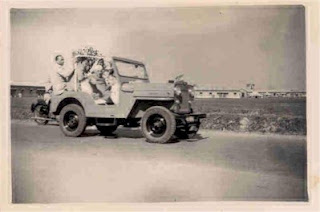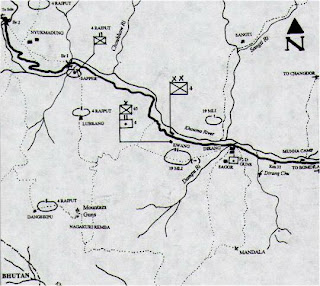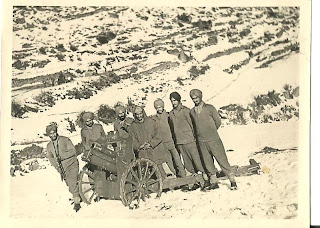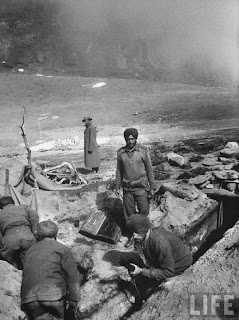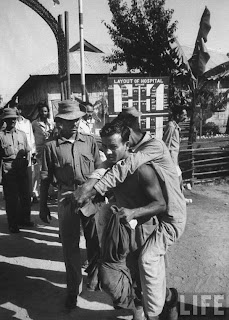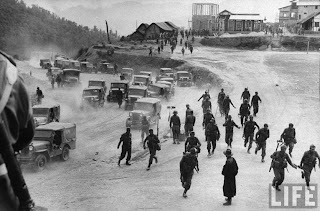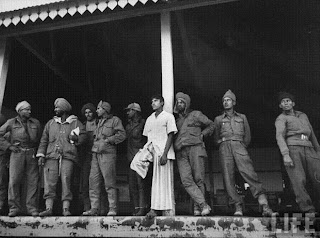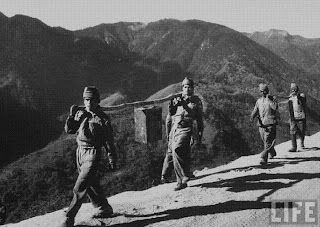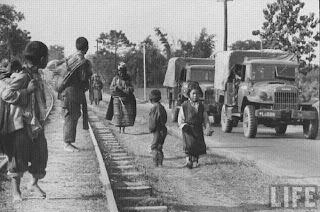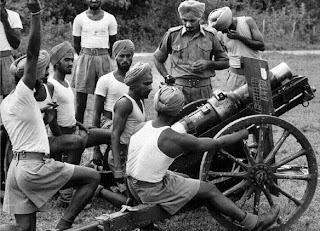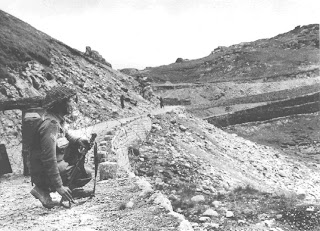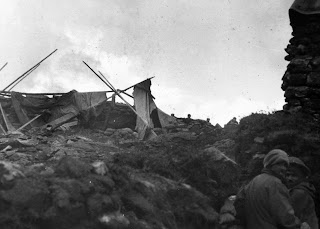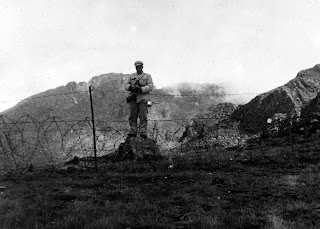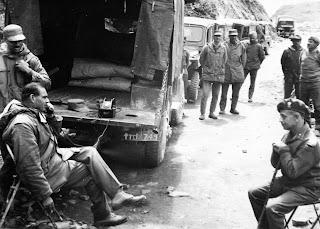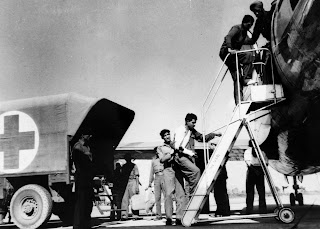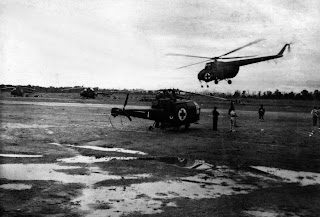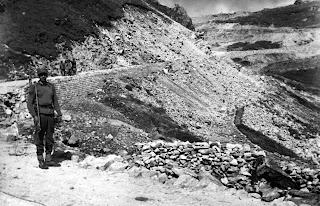Tuesday, 5 November 2013
Launch of PSLV-C25/Mars Orbiter Mission - Live from Sriharikota
http://www.youtube.com/v/7DcSDOkDvyQ?autohide=1&version=3&showinfo=1&attribution_tag=sIlk7yGiaX6YU7Wqu9ShwQ&autohide=1&autoplay=1&feature=share
Sunday, 10 March 2013
India China War of 1962
Pictures from war of 1962 between India and China.
The Sino-Indian War (Hindi: भारत-चीन युद्ध Bhārat-Chīn Yuddh), also known as the Sino-Indian Border Conflict (simplified Chinese: 中印边境战争; traditional Chinese: 中印邊境戰爭; pinyin: Zhōng-Yìn Biānjìng Zhànzhēng), was a war between China and India that occurred in 1962. A disputed Himalayan border was the main pretext for war, but other issues played a role. There had been a series of violent border incidents after the 1959 Tibetan uprising, when India had granted asylum to the Dalai Lama. India initiated a Forward Policy in which it placed outposts along the border, including several north of the McMahon Line, the eastern portion of a Line of Actual Control proclaimed by Chinese Premier Zhou Enlai in 1959.
Unable to reach political accommodation on disputed territory along the 3,225-kilometer-long Himalayan border, the Chinese launched simultaneous offensives in Ladakh and across the McMahon Line on 20 October 1962, coinciding with the Cuban Missile Crisis. Chinese troops advanced over Indian forces in both theatres, capturing Rezang la in Chushul in the western theatre, as well as Tawang in the eastern theatre. The war ended when the Chinese declared a ceasefire on 20 November 1962, and simultaneously announced its withdrawal from the disputed area.
The Sino-Indian War is notable for the harsh conditions under which much of the fighting took place, entailling large-scale combat at altitudes of over 4,250 metres (14,000 feet). The Sino-Indian War was also noted for the non-deployment of the navy or air force by either the Chinese or Indian side.
Source:
Quite a few including Bharat-Rakshak.com, imgur.com/a/uEVxq, Wikipedia
Subscribe to:
Comments (Atom)

